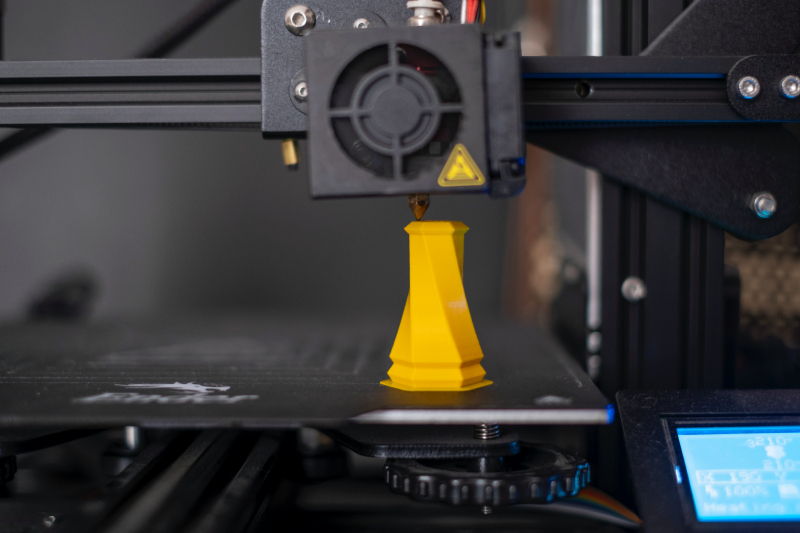Turning data into music – and listen to the sound of a neutron star. Mark Ballora, an expert on music technology at Pennsylvania State University in State College, uses sonification to create symphonies out of scientific data. As part of his work on Rhythms of the Universe movie, he got to turn into music all kinds of data: solar wind, sunquakes, Earth’s electromagnetic resonances [electromagnetic waves that form between the Earth’s surface and its upper atmosphere]. There was also a representation of the motion of the planets in the solar system, the signal from a rotating neutron star, gravitational waves stretching the space-time.
Ultrathin device harvests electricity from walking. The new, ultrathin energy harvesting system developed at Vanderbilt University's Nanomaterials and Energy Devices Laboratory has the potential to do just that. Based on battery technology and made from layers of black phosphorus that are only a few atoms thick, the new device generates small amounts of electricity when it is bent or pressed even at the extremely low frequencies characteristic of human motion. In the future, it’s expected to be charging depots for personal devices by pulling energy directly from our motions and the environment.
3D printing more accurate with water. The new method reconstructs complex 3D shape using liquid and computing the volume of a 3D object versus its surface. By following this method, a more complete acquisition of an object, including hidden details, can be reconstructed in 3D. Liquid has no line of sight; it can penetrate cavities and hidden parts, and it treats transparent and glossy materials identically to opaque materials, thus bypassing the visibility and optical limitations of optical and laser-based scanning devices.
New type of soft, growing robot. Just like a vine, or fungi , or nerve cells, the new proof-of-concept Vinebot is a tube of soft material folded inside itself, like an inside-out sock, that grows in one direction when the material at the front of the tube everts, as the tube becomes right-side-out. In the prototypes, the material was a thin, cheap plastic and the robot body everted when the scientists pumped pressurized air into the stationary end. In other versions, fluid could replace the pressurized air. Equipped with a camera, it has a potential to help search-and-rescue teams go into unreachable places.
New gel coating may lead to better condoms… and other applications. The new hydrogel laminate - a layer of hydrogel that bonds to latex, rubber and silicone - provides a softer, more slippery exterior that can significantly ease a patient's discomfort for catheters and tubes. The coating can even be tailored to monitor and treat signs of infection.




